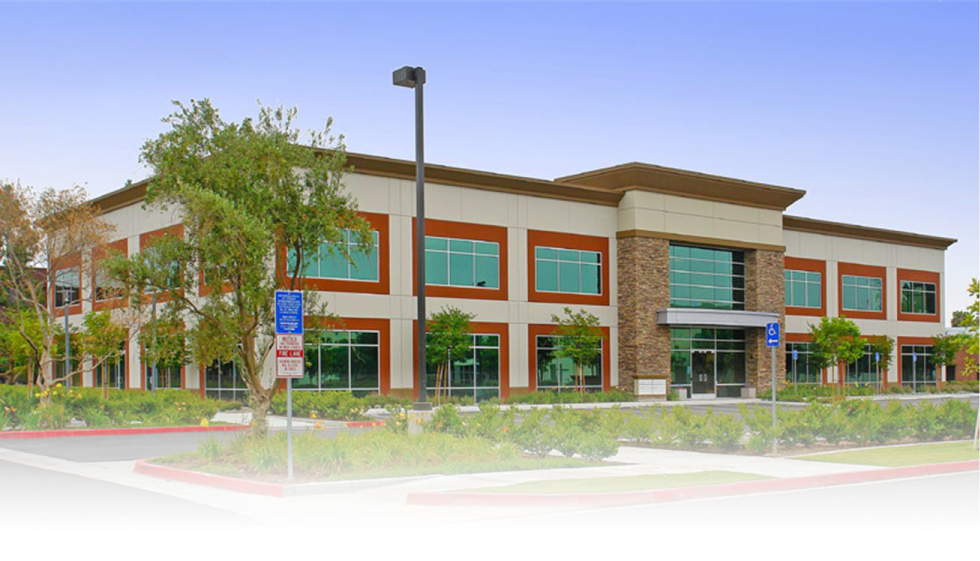US Patent 7,202,801 B2, Method and Apparatus for An Automated Location-Based, Dynamic Notification System (ALDNS), US Patent with 49 claims Awarded to GST on April 10, 2007
An automated, location-based, dynamic notification system comprises a mobile unit hardware device and a control center computer facility with communication capabilities. The mobile unit comprises a position module, a location processor, an action processor, a data module, and an I/O module. The control center comprises a system processor, a communication module, and a master database. The system provides notifications of arriving, approaching, leaving, entering, and any other types of location-related notifications, which are issued in an automatic, unattended manner. The illustrated embodiments of the invention are based on location and thus are used in a dynamic routing situation where both route patterns and stop locations change frequently while the object is moving. The system requires no interaction from the driver or the dispatcher, requires no on-board checking or manipulation of a schedule, and applies in many situations including special-education transportation, prisoner transportation, airport shuttle services, and others.
US Patent 7,072,668, A Durable Global Asset-tracking Device and a Method of Using the Same, US patent awarded to GST on July 4, 2006
A communication system for tracking an asset globally accesses multiple communication networks and switches among them, choosing the most economic, available communication mode without the need for a constant power supply. An integrated motion sensor uses a combination of GPS updating and dynamic movement calculation to obtain the most reliable position estimation. Current location is identified within a small radius at all times. While taking advantage of the GPS system to obtain accurate location information, direct exposure to GPS satellites is not required at all times. The system obtains position information from GPS satellites whenever valid GPS signals are available, and provides its own location tracking capability when GPS signals are not accessible. The position accuracy of the device is preferably within a 20-meter radius from the exact location.
US Patent 7,065,446, Real-time Smart Mobile Device for Location Information Processing, US patent awarded to GST on June 20, 2006
A smart location information processor automatically detects the location of a moving object in real-time, using either a receiver from the satellites or from any terrestrial location detection network. The device processes the location information and activates appropriate responsive functions according to the object’s current location. Messages are transmitted through a wireless communication network to any one or more designated receiving units. At any time, the device may receive messages through the wireless communication network from other stationary or mobile objects. All the events of the installed moving object are stored in a history file which can be sent to a remote server and then cleared from the installed object, either on a regular basis or instantaneously. The device in one object may automatically activate certain functions controlling the object in response to the location of another object installed with the same device.
US Patent 6,363,320 B1, Thin-client Real-time Interpretive Object Tracking System, US patent awarded to GST on March 26, 2002
A system for tracking objects includes a database for storing reference data as line segments corresponding to coordinate locations along environmental reference features; mobile units for connection to the objects for receiving coordinate object target point locations, and having means for receiving signals from an external location system and for generating the object data, and a wireless object data transmitter; and a computer having access to the database and to the object data, and generating an interpreted location of each of the objects in terms relative to automatically selected ones of the reference features. Also disclosed is a method for tracking the objects. Further disclosed is a computer program embodied on a computer-readable medium and having code segments for tracking objects according to the method.
US Patent 6,327,533 B1, Method and Apparatus for Continuously Locating an Object, US patent awarded to GST on December 4, 2001
A method and apparatus for continuously locating moveable objects is presented. In one or more embodiments of the present invention, moving objects can be tracked in real-time anywhere in the world, including inside tunnels. A smart mobile unit in the object receives and uses GPS satellite positioning data when available and relies on its built-in autonomous navigation capability when GPS is invalid to continuously determine its current position in map-ready units. The smart mobile unit transmits the position output, using an automatically selected wireless mode of communication, to a central processing station for map generation and display processing. Authorized clients may log onto the central processing station to view the object or multiple objects from anywhere in the world; all that is required is a computer equipment with a display device and a web browser. The client enters the object identification number for all the objects for which tracking is desired and the central processing station generates a map of the area where the objects are and sends an image of the map to the browser for display. The display is real-time, however, the client may view past history/trajectory of the objects.

